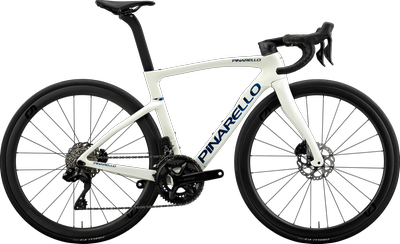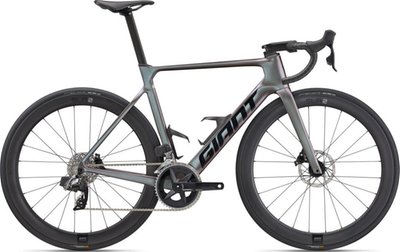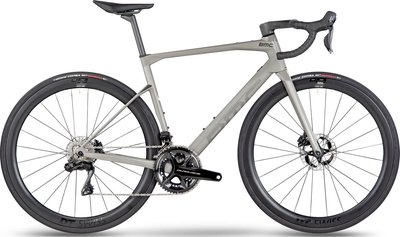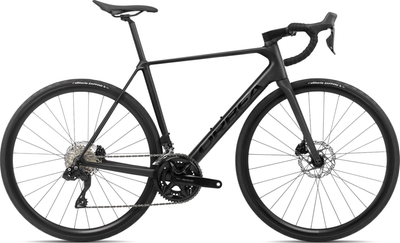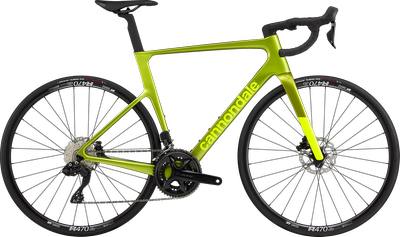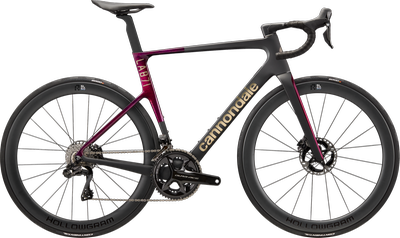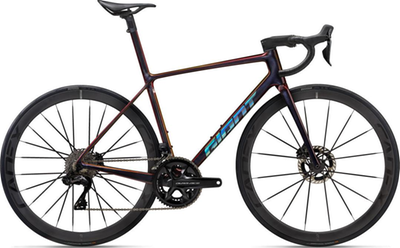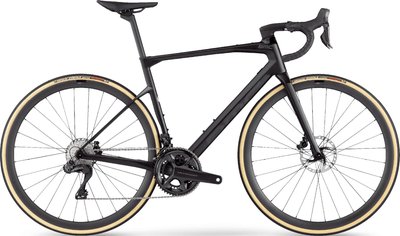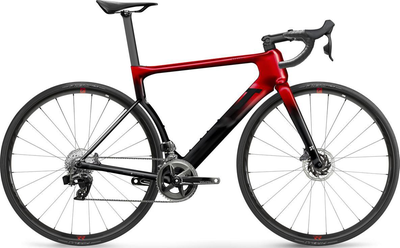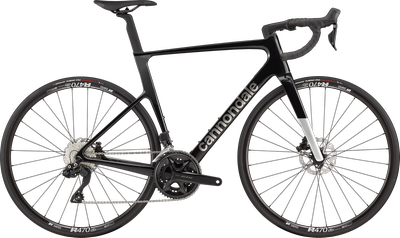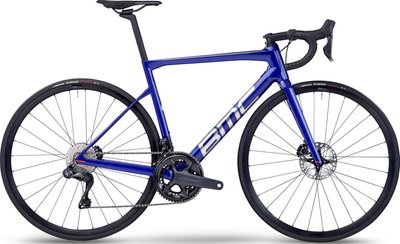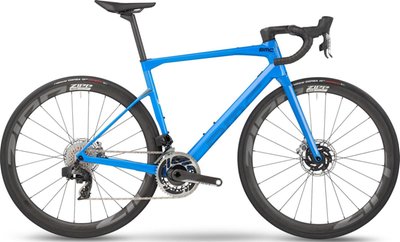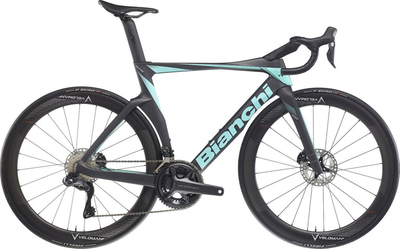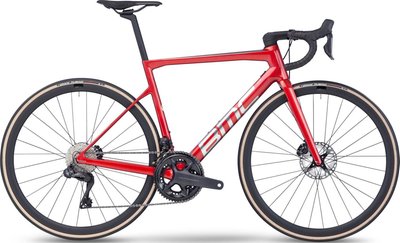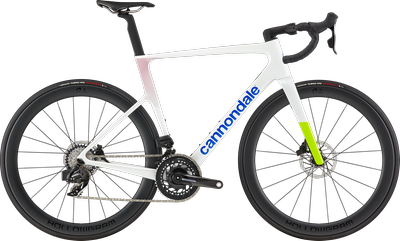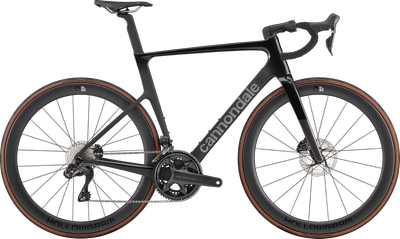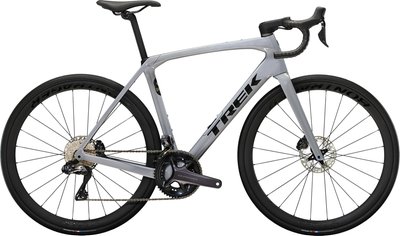Road Bikes
Ride New for the Price of Used with BikeExchange. Shop our best deals on brand new road & gravel bikes below. Manufacturer warranties included.
417 Results
Road Bikes
Road bikes are a staple bike for those inclined to adventure on two wheels, no matter if they’re an athlete, enthusiast, commuter, or a recreational cyclist. Road bikes are designed to be lightweight and built for speed without compromising robust durability and comfort for cyclists—especially those likely to spend a lot of time in the saddle. BikeExchange offers a wide selection of road bikes from different manufacturers catering to the gamut of the humble road bike. Whatever your interest in cycling, we’re sure to have a road bike that meets your needs, desires, and your budget.
Road bikes are purposefully designed for use on sealed roads, anything from the Tour de France to battling daily commuter traffic and everything road cycling in between. Typically defined by the skinny tires and “drop” handlebars that curl down towards the rider, the road bike is a popular choice among cyclists. Road bikes are a handy, sustainable, and healthy form of transportation and recreation, so there are not many reasons why you shouldn’t be thinking about getting a road bike if you live around bikeable streets.
There are typically two main categories when it comes to the road bike: competition and endurance, with most styles of road bikes fitting into either of these.
Competition bikes are built for speed, often featuring harder gears, stiffer frames, and more aggressive positioning to help with headwinds. This is the category most racing and competitive cyclists will opt for with a range of aero and lightweight road bike options, so if that’s your big picture goal or you’re well down the athletic path, these are the bikes for you.
Endurance bikes feature slightly more upright riding positions, easier gearing, and offer a smoother ride, so they are the road bike of choice for more social and fitness-based road cycling. These are the bikes you’ll see cruising around early on the weekends.There is a third category that’s been up and coming for a while, and this is the adventure road bike, though definitely not to be mistaken for a mountain bike. The adventure bike, also known as a gravel bike or all-road bike, builds on the endurance road bike foundation adding wider tires, lower gearing, and offering you the option to go off-road if you want to get a little more adventurous. This option doesn’t come with the robust suspension of a purpose-built mountain bike, so don’t thrash it too much in the wilderness.
BikeExchange not only offers a huge range of brand-name road bikes for you to choose from, but we also have a wealth of information from our cycling experts and enthusiasts on our blog.
How to choose the right road bike?
Choosing the right road bike is about understanding your relationship with cycling both now and into the future. Asking yourself questions will be important here because there’s no shortage of options when it comes to our catalog of road bikes. What kind of riding do you do now? What is your budget? What is your cycling ability? What are your plans for cycling in the future?
If you’re a recreational cyclist looking for something that will get you by when you’re weekend riding with your mates, and you have no grand designs of training like a pro, there’s probably no need to go all out on the most expensive style of bike with all the accessories. You’ll do well getting a mid-range endurance bike and basic gear to get you started.
If you’re an amateur cyclist and enjoy entering the odd competition now and then, then you’ll want to find an aero or lightweight bike that fits the way you like to ride, with the ability to be race-ready when the time comes.
If you’re thinking about doing a little sealed road and gravel riding, then opting for gravel or an all-road bike will be a no-brainer because it allows you to do both. Then if you find yourself gravitating more towards either sealed road or trail riding, you can reassess down the line about whether you want to upgrade to a mountain bike or a more dynamic road bike.
We know tons of cyclists will have a selection of road bikes for different terrains, and it really comes down to where you like to go when you hop on your bike.
What accessories do I need for a road bike?
Accessories are all the things that come after you’ve purchased your bike frame and components, and there is a basic set of accessories we recommend for anyone riding road bikes.
Helmets. Helmets are the most important accessory for any cyclist. Wearing an approved, properly fitted helmet can be the difference between surviving a crash or not, so don’t skimp here.
Shoes. As one of three contact points a rider has to their bike, shoes are critical for both performance and comfort.
Clothing. Yep, we’re talking about lycra though there are many more fabric choices available. Road cycling clothing is made to fit close to the body to improve aerodynamics and prevent chafing.
Sunglasses. Road-specific sunglasses are generally lightweight, with a mix of interchangeable lenses. It’s a good idea to check for comfortable wear, ensuring the sunglasses fit with your helmet.
Lights. Riding with bike lights is a no-brainer, regardless of whether you predominantly ride during the day or in the dark.
Hydration. Bottle cages might not spring to mind straight away, but if you’re riding for 30-plus minutes, you’ll notice the lack of hydration, so we recommend getting this sorted out the gate.
Bells. Handy for a range of reasons, these bells should be easily mountable to various bar diameters, loud enough to be heard in traffic, and with a small footprint.
Basic maintenance tools. The list of potential maintenance items is long, so we’re not diving deep here, but your basic set-up should have the following: a chain lube, degreaser, an Allen or hex set key, a work stand, and a torque wrench.
Road bikes can be as easy or complex as you want them to be, so once you’ve got the basics down, whatever comes next will be based on your preferences and how the bike meets your evolving needs and capabilities.
Where can I buy a road bike near me?
Buying a road bicycle is as easy as jumping online at BikeExchange and checking out the huge range of big brand road bikes waiting for you.
The best way to learn what works for you is to research and compare different makes and models of road bikes which you can do easily online, and if you’re just getting into the sport, focus on a good quality frame. We’ve done a lot of the heavy lifting on this front, and we only offer quality bikes.
Whatever you decide, and no matter your budget, you’ll find it on BikeExchange. Not sure if a road bike is right for you? Check out our mountain bikes, including full suspension mountain bikes and Cannondale mountain bikes, as well as our electric bikes, Scott bikes, and even a great selection of kids bikes.
Can't find a suitable bike? You can find more road bike related offers here:



